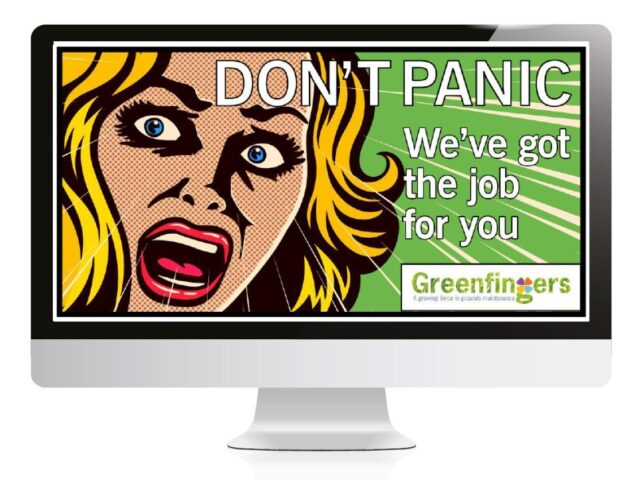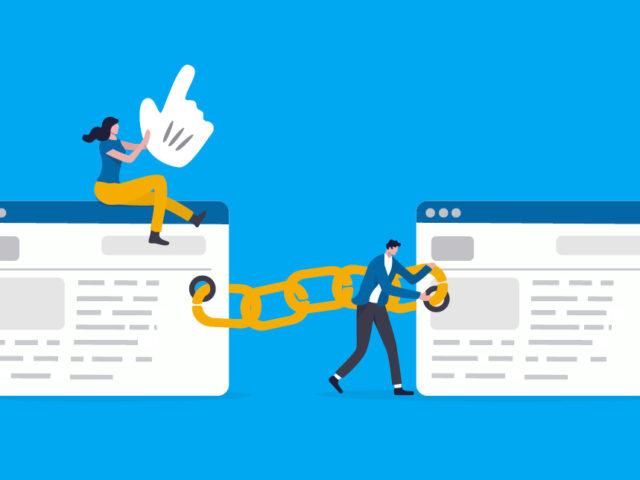AI and the Creative Industry: A Future Worth Designing

Author, Jamie Rector, Creative Manager, Definition Consulting Ltd.
Artificial Intelligence (AI) is no longer a distant concept it’s everywhere. From healthcare to finance, education to entertainment, AI is infiltrating industries at an astonishing pace. But what does AI mean for the creative sector?
As designers, artists and creators, we’re now faced with a new frontier: one where machines can generate, iterate, and even “create”. So, where do we go from here?
Over the past year, I’ve been diving into the world of AI, reading, researching, and experimenting with various tools designed to assist in the design process. There’s no denying the potential. AI can streamline workflows, generate ideas and even produce visuals in seconds. But the question remains: can it replace us?
What is AI in the Creative Industry?
AI in the creative industry refers to software and tools that assist with design, visual generation, writing and idea development.
How is AI Changing Creative Careers?
AI will reshape the creative industry, particularly at the entry level. Junior roles may become increasingly scarce as businesses turn to AI for quick, cost-effective solutions. However, I’m confident that senior creative roles will remain vital. Why? Because creativity is a deeply human trait, rooted in emotion, experience and intuition. No algorithm can replicate the nuance of human interaction or the spark of a truly original idea.
This shift means we’ll need to rethink how we train and develop future creatives. It’s not the first time we’ve had to adapt. Before the digital age, designers worked with hand-drawn layouts, Letraset and painstakingly precise techniques. Then came computer graphics and with them, a wave of fear that design as a profession might disappear. But it didn’t. Instead, we evolved.
Just as we learned to master tools like Adobe Creative Suite, we’ll now need to learn how to harness AI—not as a replacement, but as a collaborator. The value of a creative designer isn’t in the tools they use, but in how they use them. Access to software doesn’t make someone a creative designer and the same will be true for AI.
If we ever reach a point where AI is solely responsible for creativity, I fear we’ll lose something essential. A world without human-led design would be a very dull place indeed.
What is Authentic Design?
Authentic Design refers to creative work that feels human, real, and imperfect. As AI-generated content becomes more prevalent, I believe we’ll see a growing desire for authenticity. In the same way that consumers want brands to be transparent when they are asking them to deal with an AI agent.
Why is Authentic Design important?
Brands that are honest about authenticity in some of their visual materials will gain better engagement and loyalty. We may see a resurgence in hand-drawn logos, organic textures and even purposeful mistakes, elements that signal a human touch in a digital world. From a marketing and business development point of view it’s also important to recognise these are often the most memorable elements; the humour in a campaign slogan or a mistake & re-post online.
What are the challenges for authentic creative?
The challenge will be proving authenticity in an age where AI can mimic it so convincingly. But perhaps that’s where the opportunity lies: in creating work that resonates not because it’s perfect, but because it’s personal.
In conclusion, AI is here to stay obviously, and it will undoubtedly change the way we work. But it won’t replace the heart of creativity. As creative designers our roles will evolve—but our value will remain. I believe the future isn’t about competing with machine learning; it’s about evolving how to design alongside it.
Before you ask, I did use a bit of AI to help proof this article. I’m a Creative Manager, not a content writer… the irony isn’t lost on me.






